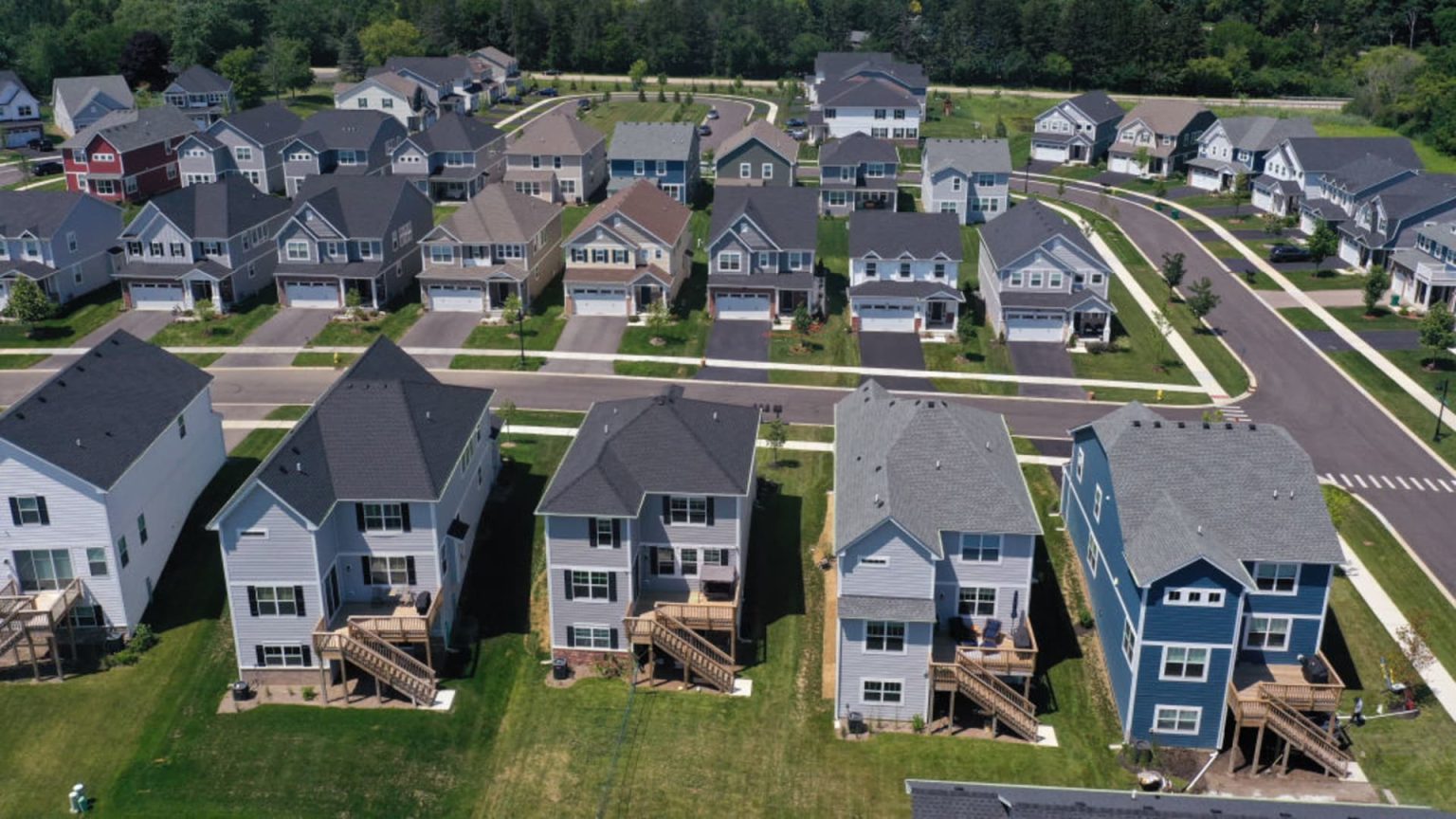When mortgage rates rise, consumers often turn to adjustable-rate mortgages (ARMs) in order to lower their monthly payments. ARMs offer lower interest rates than fixed-rate mortgages, but they are considered riskier as they eventually adjust to an unknown future market rate. The share of ARM applications rose to 7.8% of mortgage demand last week, the highest level of the year. When mortgage rates hit record lows in 2021, the ARM share of applications was only in the 3% range.
The average contract interest rate for 30-year fixed-rate mortgages with conforming loan balances increased to 7.29% last week from 7.24% the previous week. Points decreased to 0.65 from 0.66 for loans with a 20% down payment. Meanwhile, the average contract interest rate for 5/1 ARMs decreased to 6.60% from 6.64%. Mike Fratantoni, MBA’s SVP and chief economist, noted that inflation remains high, leading markets to anticipate that rates, including mortgage rates, will stay higher for longer. The 30-year fixed mortgage rate hit 7.29% last week, the highest level since November 2023.
Overall mortgage demand dropped 2.3% last week compared to the previous week. Refinance applications fell 3% for the week and were 1% lower than the same week one year ago. With rates 79 basis points higher than a year ago, homeowners have little incentive to refinance. Those looking to take out home equity are more likely to do so through a second loan or line of credit rather than giving up their low current rate. Applications from potential homebuyers dropped 2% for the week and were 14% lower than the same week one year ago.
Mortgage rates continued to rise at the start of this week and are expected to move higher or lower based on interest rate commentary from the Federal Reserve, which is set to meet on Wednesday. The uncertainty surrounding interest rates and inflation has homeowners and potential buyers evaluating their options carefully. The increase in mortgage rates and the ongoing high levels of inflation are creating headwinds for the housing and mortgage markets, impacting both mortgage demand and refinancing activity.
As mortgage rates continue to climb, consumers are looking for ways to mitigate the impact on their finances. Adjustable-rate mortgages (ARMs) are becoming more attractive to some borrowers due to their lower initial interest rates, although they come with risks as they eventually adjust to market rates. The rise in ARM applications to 7.8% of mortgage demand indicates a shifting preference among consumers as they try to navigate the current housing market. The fluctuations in mortgage rates and inflation levels are prompting homeowners to consider their refinancing options carefully.
Overall mortgage demand has dropped recently, with refinance applications falling by 3% and homebuyer applications declining by 2%. The increase in mortgage rates has made refinancing less appealing for homeowners, with many opting to seek home equity through alternative means. Potential buyers are also facing challenges in the current market environment, with applications down 14% compared to the same period last year. The Federal Reserve’s upcoming meeting will likely have an impact on interest rates, affecting both current homeowners and prospective buyers as they weigh their options in a changing economic landscape.


